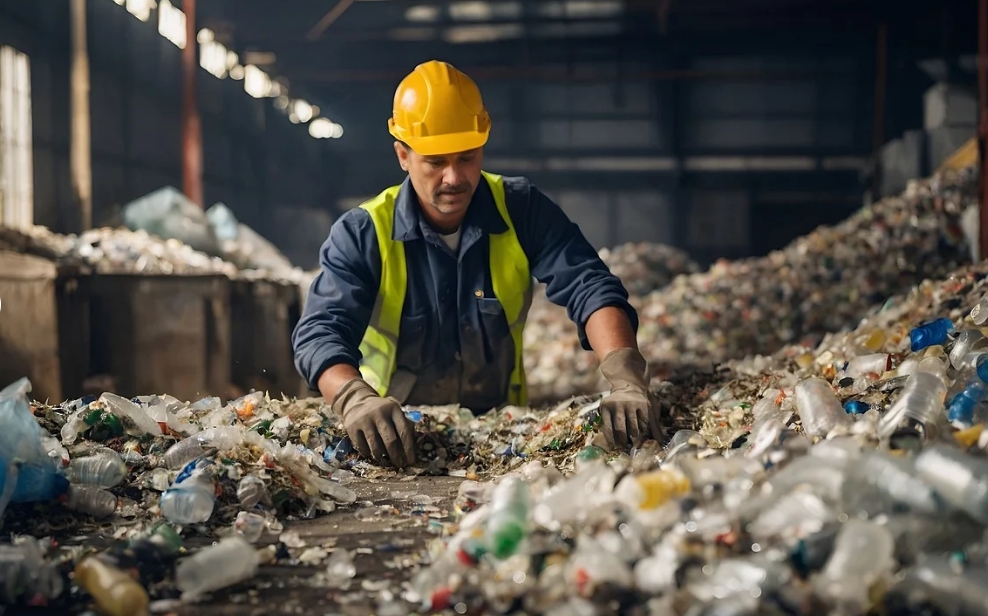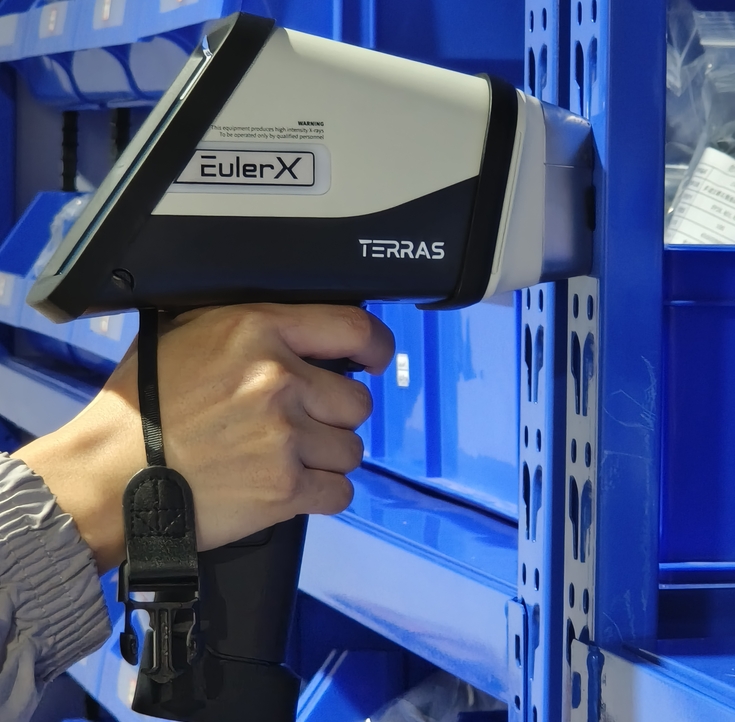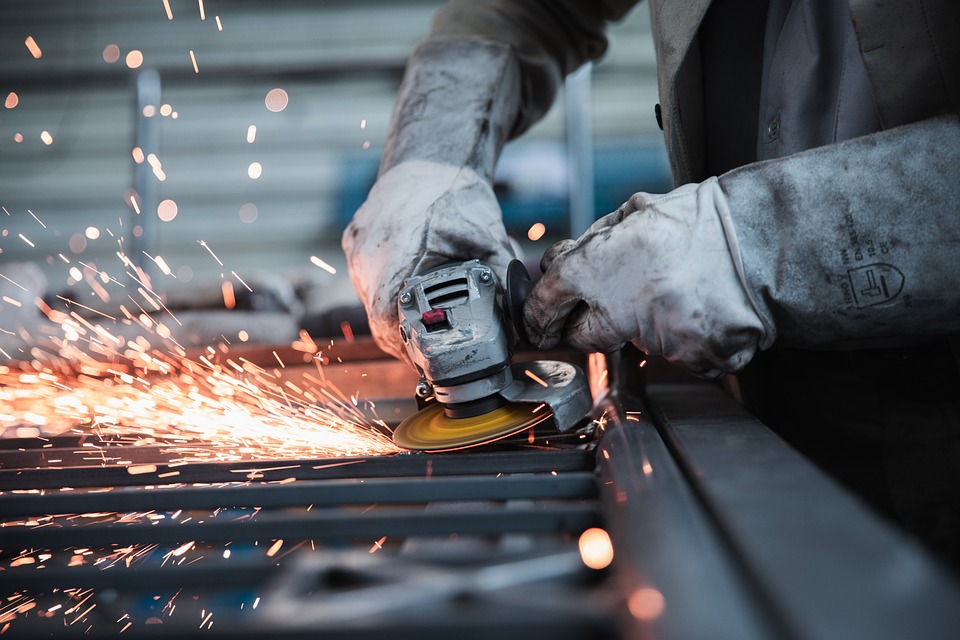
Positive Material Identification
A high-tech enterprise focusing on the development and application of X-ray technology products, committed to becoming a leading supplier of X-ray industrial testing solutions.
The Catalytic Converter Economy: Analyzing Price Shifts and Market Dynamics
Introduction
In the realm of automotive technology and environmental consciousness, few components have garnered as much attention as the catalytic converter. This essential device plays a crucial role in reducing harmful emissions from vehicles, thereby contributing to cleaner air and better environmental health. However, recent years have witnessed significant upheavals in the catalytic converter market, driven by a combination of factors ranging from supply chain disruptions to changes in regulatory frameworks. In this article, we delve into the catalytic converter economy, examining the intricacies of price shifts and the underlying market dynamics.

Understanding Catalytic Converters
Before delving into market dynamics, it's crucial to grasp the fundamental role of catalytic converters. These devices, typically located within a vehicle's exhaust system, serve to convert harmful pollutants such as carbon monoxide, nitrogen oxides, and hydrocarbons into less harmful emissions like carbon dioxide, nitrogen, and water vapor. By facilitating these chemical reactions, catalytic converters play a vital role in mitigating the environmental impact of internal combustion engines.
Price Shifts and Supply Chain Disruptions
One of the primary factors influencing the catalytic converter economy in recent times has been supply chain disruptions. Catalytic converters contain precious metals such as platinum, palladium, and rhodium, which serve as catalysts in the conversion process. Fluctuations in the availability and cost of these metals can have a profound impact on the overall price of catalytic converters. In recent years, geopolitical tensions, mining strikes, and increased demand for electric vehicles have all contributed to volatility in the prices of these precious metals, consequently affecting the cost of catalytic converters.
Moreover, catalytic converters have unfortunately become targets for theft due to the high value of the precious metals they contain. This has led to a surge in demand for replacement converters, further exacerbating price shifts and supply chain challenges.
Regulatory Changes and Market Demand
In addition to supply chain dynamics, regulatory changes have also played a significant role in shaping the catalytic converter economy. Stricter emissions standards imposed by governments around the world have heightened the demand for more advanced and efficient catalytic converter technologies. Automakers are compelled to invest in innovative solutions to comply with these regulations, driving research and development in the catalytic converter sector.
The role of XRF in catalytic converter recycling
XRF (X-ray fluorescence spectrometer) plays an important role in catalytic converter recycling, especially in analyzing and evaluating the precious metal content contained in recycled catalytic converters. The interior of the catalytic converter usually contains precious metals such as platinum, palladium, and rhodium, which are the catalysts necessary for the normal operation of the catalytic converter. By using XRF technology, recycling companies can quickly and non-destructively analyze the content and type of precious metals in catalytic converters to achieve an efficient recycling process.
Here are the key roles XRF plays in catalytic converter recycling
Precious metal analysis: XRF technology can quickly and accurately determine the content of precious metals in catalytic converters, including platinum, palladium, rhodium and other elements. These precious metals are the most valuable part of the catalytic converter, so accurate analysis of their content is critical to developing effective recycling strategies.
Non-destructive testing: XRF technology is a non-destructive testing method that does not require destructive sampling of the catalytic converter. This means that recycling companies can perform precious metal analysis without damaging the catalytic converter structure, thereby maximizing the value of the catalytic converter.
Efficiency and accuracy: XRF instruments can perform tests quickly and provide accurate analysis results. This allows recycling companies to quickly assess the value of catalytic converters and develop appropriate recycling plans.
Quality control: By using XRF technology, recycling companies can perform quality control on recycled catalytic converters and ensure that they meet expected precious metal content standards. This helps improve the efficiency and reliability of the recycling process.

The EulerX 900 series has proved to be an excellent choice for metal analysis in a wide fields, providing fast, accurate results directly to the user. Thanks to its cutting-edge electronics and sophisticated mathematical algorithms, the EulerX 900 series ensures superior measurement quality within seconds. This makes it an ideal tool for inspecting and analyzing incoming materials, finished products, and in-process production parts in a non-destructive manner.
The applications of the EulerX 900 handheld are extensive, covering not only solids but also liquids and powders. The EulerX 900 series handheld alloy analyzers are extensively utilized for alloy grade identification and quality control, scrap metal recycling, precious metals analysis, PMI, and more.
Conclusion
In conclusion, the catalytic converter economy represents a complex interplay of supply chain dynamics, regulatory influences, and technological advancements. As society marches towards a greener and more sustainable future, the role of catalytic converters in reducing vehicle emissions will only grow in importance. By understanding the intricacies of price shifts and market dynamics, stakeholders can navigate the challenges and capitalize on the opportunities presented by this evolving sector.
Join Us
Subscribe to our email list for updates & promotions.



